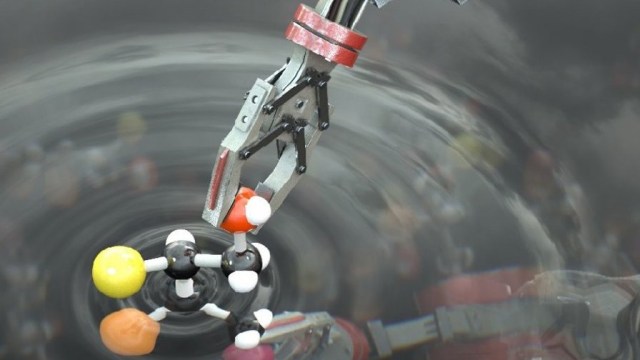Star Trek: Discovery Analysis And Recap: Season 1, Episodes 1–2
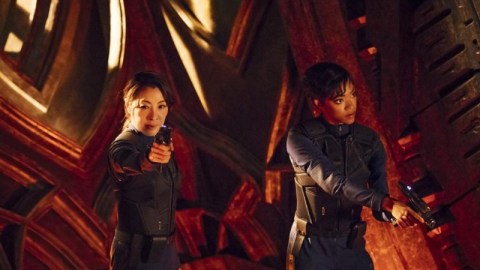
Welcome to Star Trek: Discovery. From science to ethics and more, how does the new series’ debut stack up?
“If man is to survive, he will have learned to take a delight in the essential differences between men and between cultures.” –Gene Roddenberry
After twelve years without a Star Trek series gracing the airwaves, fans have finally gotten a new show in Star Trek: Discovery. The new look of the ships, the crew, and even the new worlds to explore are spectacularly beautiful. Contact with either an unknown or long-forgotten alien species is a hallmark of Star Trek, and the ethical questions of how you ought to interact with someone whose motives and ethics are mysterious are not easy ones to answer. But from the very first scenes, it’s clear that Star Trek: Discovery isn’t so much about exploring strange, new worlds or seeking out new life and new civilizations as it is about emphasizing the resourcefulness and cleverness of humans in dire situations. And as Discovery develops, it becomes very clear that the element of human ingenuity, combined with the strongly ingrained idea of rule-and-protocol-following and poor crisis training, is going to be a disaster.
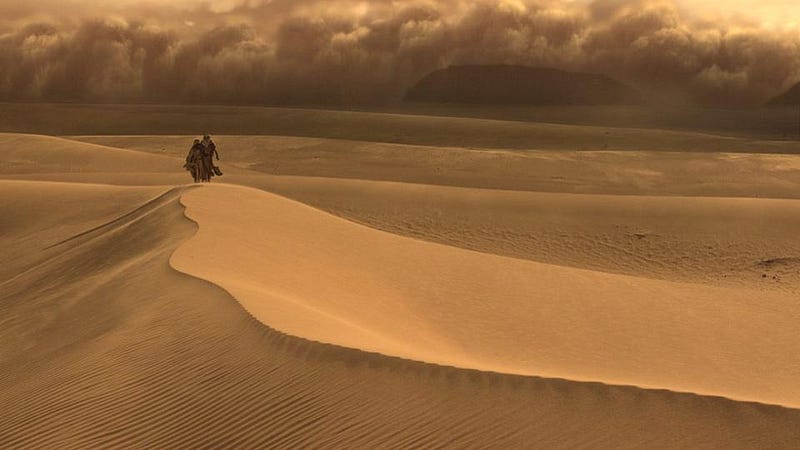
We first meet Captain Philippa Georgiou and Commander Michael Burnham, her first officer, on a desert world where they’re not only lost, but where they cannot use their technology to contact the starship. The Captain quizzes Burnham about the worst case scenarios, then takes control in navigating the situation herself, leading the way to create a specific path. When the ship flies into view in a visually stunning scene, it immediately becomes clear what Georgiou did: created an unmistakable symbol that would be recognizable from space. To anyone who’s viewed the Lunar Reconnaissance Orbiter’s photos of the Apollo landing sites, this was an incredible homage to what’s visible from space with a powerful enough telescope or set of sensors.

We then get a report that there’s a Federation probe damaged around a young binary star system. The impressiveness of the visuals should not be understated when the USS Shenzou, Georgiou’s ship, gets an enormous view of the double star with a double, protoplanetary disk. No, it’s not particularly scientifically accurate, as the large number of massive rocks would not continue to exist, particularly in such a fascinating configuration, on any sort of appreciable cosmic timescale. It would only be plausible if these two protoplanetary disks were interacting for the first time; still, the Universe is a big place and perhaps the Federation had set up a probe here in the past precisely to witness this rare event.
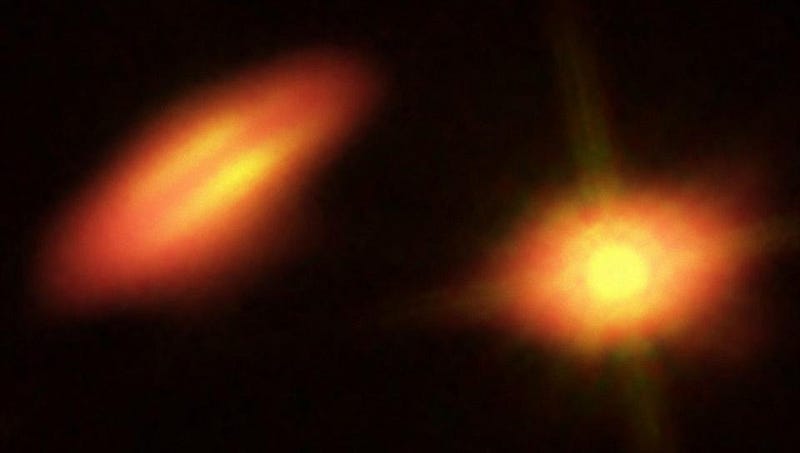
But then it gets more difficult to suspend your disbelief. The Federation scans the system and sees an unnatural object, but can’t get a visual on it due to some sort of “interference” coming from the probe. Thankfully, they have an archaic telescope on board, so they can view the object, ignoring the fact that light is light, and if you can collect that light with a lens, you can collect it with an electronic sensor. They send Burnham on a mission to investigate in person, but only have a space suit with woefully insufficient shielding for being close to a young, radiation-emitting star. (Why are they so unprepared for what they might encounter on, you know, a trek across the stars?) And rather than scanning for life, or collecting data and returning, she breaks protocol, steps on the probe, remains even after activating it, and fights (and kills) the warrior defending it.
It’s very difficult to sympathize with Burnham’s actions, which come across as completely illogical for someone who they go to great lengths to portray as raised-by-Vulcans, by Sarek (Spock’s father) himself no less. It’s one of many instances of “action over thoughtfulness or even self-preservation” that appear to define this new incarnation of Star Trek.

But that’s where we start to see who the Federation and who the Klingons are in this series. The Klingons are presented as a race of religious fundamentalists, bound by their interpretation of honor to be nothing more than mindless, suicidal soldiers, reminiscent of Nazis, or the worst stereotypes we have today about Muslim-dominated countries. They don’t want peace; they want to be martyred and advance what they see as their just cause: a united Klingon empire that challenges for galactic supremacy, fulfilling an ancient prophesy.
Meanwhile, the Federation is presented as their own fascist society; one where questioning authority or acting on your own conscience is punishable by court-martial and life in prison. Where it’s only Ensign Connor’s doomed, post-concussion speech about how the Federation isn’t supposed to be about war, but exploration and diplomacy, that indicates what the Federation is all about. It’s the weak trick of using monologues (we’re so peaceful) to convince us that what we’re shown (we’re so reckless) isn’t the actual truth. The Science Officer, Lieutenant Commander Saru, is the only one who appears to accept it with only mild protest when his recommendations aren’t utilized.

Star Trek has always been masterful by allowing their characters to develop by putting them in stressful situations where they can show you their true colors. Even when characters act poorly, they can be sympathetic as they learn their lessons. Not so much in Star Trek: Discovery.
Burnham doesn’t get her way, so she mutinies to attempt to strike against the Klingons first. She Vulcan-nerve-pinches Georgiou, she locks and loads torpedoes, she threatens everyone on her crew, and she almost gets off a first strike that would, quite clearly, be suicide for the old Shenzou and its entire crew against this massive Klingon warship. Her pleas of “I was trying to save all of us” are a stretch for us to believe. It isn’t just that she was raised by Vulcans that make her actions so frustrating; it’s that Star Trek hits you over the head with multiculturalism and diversity, then presents their lead character — a black human woman raised by Sarek — as violent, angry, petulant, and unable to control her emotions. It’s the worst stereotype that’s played out in the American media about black people, and perhaps black women in particular. Can you imagine how unacceptable it would’ve been if say, Nyota Uhura or Geordi La Forge were portrayed in this light?
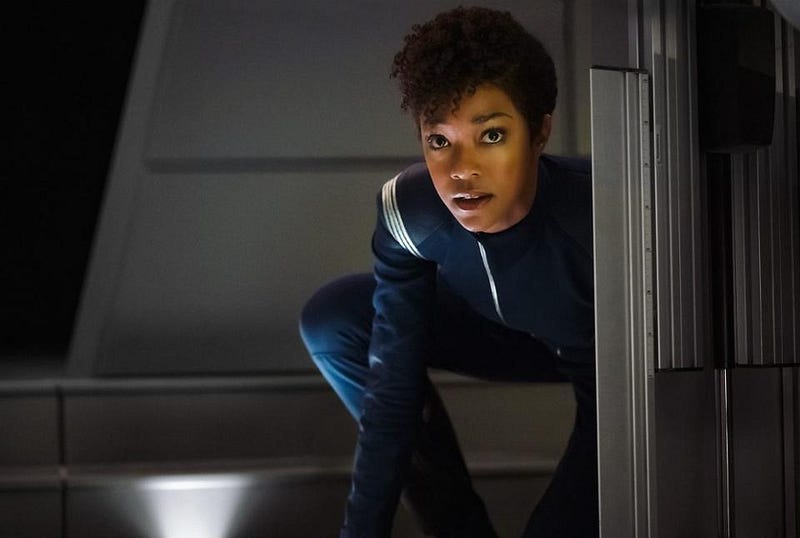
The second episode is full of action. There’s a huge firefight between the Federation and the Klingons. The Klingons are treated as a mystery; cloaking devices are treated as a surprise; Klingon warrior/honor culture is ignored. Unsurprisingly, the Federation takes heavy casualties, the Admiral’s flagship is destroyed, and after their victory, the Klingons return home to unify their people behind the banner of war. Only T’Kuvma, the driving force behind Klingon unification steeped in the legend of Kahless, remains to collect and bury their dead.
The remaining Shenzou crewmembers first plot to destroy T’Kuvma and the Klingon ship, then have a better idea: capture him so as to not martyr him. They send a photon torpedo along for the ride as the Klingons tractor-beam up their dead, blowing out a huge portion of the bridge. Then Burnham and Georgiou go aboard to complete the mission.
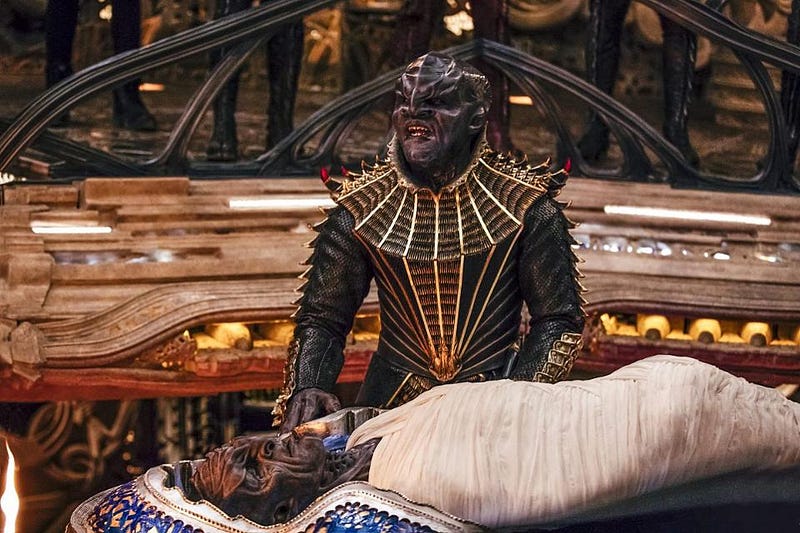
Unsurprisingly, there’s a colossal fight, as T’Kuvma was neither killed nor harmed in the explosion. Georgiou is killed in hand-to-hand combat with T’Kuvma, then Burnham blows a hole through T’Kuvma’s chest with her phaser. I may or may not have yelled at the TV at this point, as our logical, Vulcan-raised, taught-the-ship’s-computer out of a logical catch-22 (to escape the brig and avoid death via the vacuum of space) Commander Burnham fails to set the phaser to stun and complete the mission. Instead, she does the worst possible thing, killing the Klingon leader and turning him into a martyr after all. The episode ends with Burnham’s court martial and sentence to life in prison.
Last week, I wrote about five themes that I hoped Star Trek: Discovery would explore. The first two episodes touched on three of them:
- Understanding an “other” where all you see is violence and murder.
- Under what circumstances are we correct to trade our privacy for security?
- How confident are you that the “good guys” and the “bad guys” are really who you think they are?
But by “touched on” them, I mean that you, the audience, get to think of these questions and ask them, because the amount of introspection done by the characters themselves is practically nil. The show itself makes no comment on this. After the first two hours of Star Trek: Discovery, there appear to be two Michael Burnhams: the logical, emotionless one that exists in words, and the impulsive, petulant, self-righteous one that exists in her actions. T’Kuvma is dead; Georgiou is dead; the Admiral is dead. It’s an interesting show and an interesting plot and setup, but it doesn’t feel like Star Trek. It feels like War Trek.
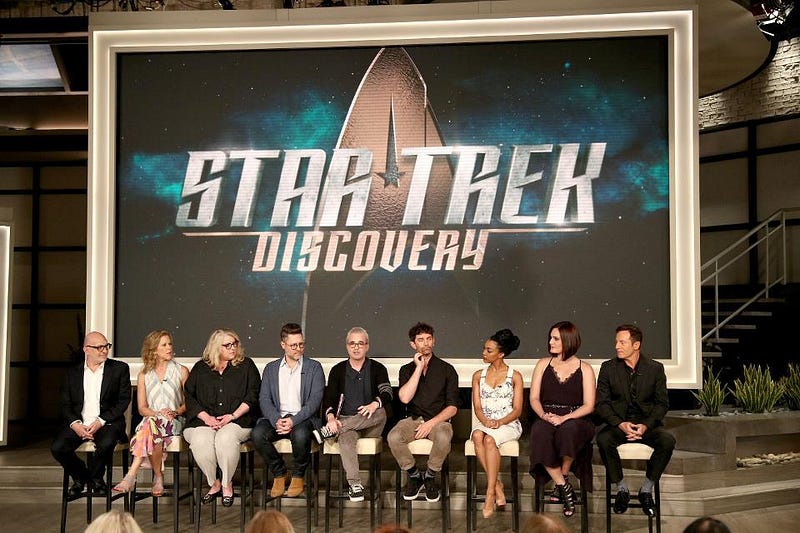
There are a lot of interesting questions that Discovery could explore from here. How can they see the galaxy from the Klingon’s point of view? How can peace be obtained? What internal flaws took place that led the Federation to such stupid, uneducated decision-making at every step in this process? And who are these characters, really, that we should be investing in? I want to know and I’m willing to find out, but many more may not be.
On top of that, the CBS All-Access experience is a clumsy one that seems like a cash-grab aimed at Star Trek fans. As a subscriber to Netflix, Amazon Prime, and HBO Go, I’m no stranger to paying for streaming content. But no matter whether you buy the $5.99/mo. basic package or the $9.99/mo. premium package, you’re inundated with commercials. There are four separate commercial breaks in the show, each one breaking up a tense scene in a cumbersome fashion, showcasing minutes of ads for the same few cars and prescription drugs and CBS shows over and over. Netflix, Amazon Prime, and HBO all offer far better experiences than this; I would guess that CBS has only a few weeks to change course and convert fans or risk losing a huge chunk of their new subscribers due to this low-quality experience.
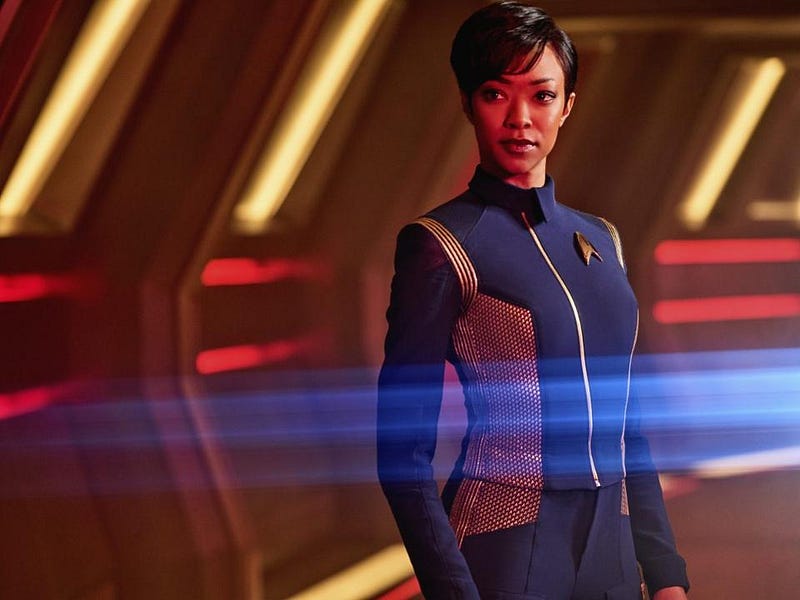
With all that said, there are still many reasons to be hopeful for Star Trek: Discovery. Burnham will likely have to confront her own character’s inconsistencies and failings. The Federation will have to examine its internal, structural flaws that led to this point. The Klingons will have to have a reckoning at the wild internal destruction that converting to a warring theocracy will bring upon their empire. And Burnham knows too much to leave such a valuable resource out of the fray; just as the USA brought some 20,000 Nazi scientists into the country after World War 2 as part of Operation Paperclip, because it was useful, so must the Federation bring Burnham back for her usefulness. The USS Discovery has yet to make its on-screen debut, and we have yet to encounter many in the advertised cast. There’s so much that’s yet to come, and I’m so curious to find out.
As visually stunning as this show is, it’s missing the one key element that’s been essential to every Star Trekincarnation since the beginning: hope. Star Trek has always brought us a hopeful view of the future, that we could overcome our present-day problems through not only technology, but through altruism and generosity and understanding. Even in times of war and conflict, there were hopes of peace. Those are the principles I want to see on display, and I want to see the characters in the show living up to them, not giving into their worst impulses. Sometimes, it takes making the wrong decision in a catastrophic fashion before you learn the lessons you need in order to get it right.
The opportunity is there for this to become a great show. With the first two episodes behind us, I’m curious how the Burnham-as-a-mutineer storyline gets resolved, and whether this series will truly turn into War Trek, as I fear, or whether the members of the Federation will live up to their guiding principles in even their most challenging hour. One thing’s for certain: I won’t be missing episode 3!
Ethan Siegel is the author of Beyond the Galaxy and Treknology. You can pre-order his third book, currently in development: the Encyclopaedia Cosmologica.





